Articles of 2009
TSS Laments The Absence Of The US Stadium Show
The smack talk continues for the June 20 bout between IBF and WBO Heavyweight Champion Wladimir Klitschko and David Haye, with the challenger calling his opponent a “B-level champion” and Klitschko saying that he is ready to punish his opponent. They can talk all they want. For me, the most exciting aspect of the bout is the venue, Veltins Arena, a soccer stadium in Gelsenkirchen, Germany, that will be able hold at least 60,000 for the fight. “I've always wanted to box in front of such a huge crowd at a football stadium. And now my dream's come true,” Klitschko stated in a release announcing the fight.
The American in me wants to say, “The dream is only realized when the butts are actually in the seats,” for the idea of holding a fight in a U.S. stadium is almost laughable.
It wasn’t always though.
Stadiums and big-time fights used to go hand-in-hand. Even at the turn of the century, promoters would erect 30,000-seat venues with a few months notice. By the 1920s, boxing had its first superstar in heavyweight champion Jack Dempsey, bringing the first million-dollar gates, which were only made possible by stadium crowds.
The ground was forged in Jersey City, New Jersey, in 1921, when Boyle’s Thirty Acres, a 91,000-capacity crowd stadium was erected specifically for the bout between Dempsey and Georges Carpentier. Promoter Tex Rickard originally wanted to hold the fight at New York’s Polo Grounds, but was unable to because of political opposition. So he moved the fight across the Hudson River to the stadium built on the property of John F. Boyle. Following Dempsey’s knockout of Carpentier, the venue hosted eight more fights, most notably Luis Angel Firpo’s defeats of Jess Willard and Harry Wills.
By 1923, Rickard was able to schedule a fight at the Polo Grounds, where 80,000 spectators watched Firpo and Dempsey knock each other down 11 times before Dempsey emerged victorious in the second round. The attendance peaked in 1926, when more than 120,000 fans at Philadelphia’s Sesquicentennial Stadium saw Dempsey lose his title to Gene Tunney.
The 1920s also saw the opening of Yankee Stadium, the most oft-used stadium in boxing history. Completed in 1923, the “House That Ruth Built” hosted its first baseball game in April of that year and the first of 49 boxing matches a month later. The venue hosted other major fights, including Louis’ one-round demolition of Max Schmeling in their second bout in 1938, Sugar Ray Robinson’s ill-fated attempt at Joey Maxim’s light heavyweight title in 1952 and Rocky Marciano’s knockout of Archie Moore in 1955. The highest attendance was 88,000 for Joe Louis’ knockout of Max Baer in 1935.
The final fight at Yankee Stadium, the rubber match between Muhammad Ali and Ken Norton, took place on September 28, 1976, and foreshadowed the beginning of the end of stadium bouts in the U.S. By this time, television production was at a quality where middle-aged men everywhere could feel confident forgoing the upper decks knowing that they could “see the fight better on television.” CBS broadcasted the bout without blacking out the New York area and only 30,249 people came to see Ali win a very controversial decision over Norton.
Two years later, a crowd of 63,315 – a record for indoor boxing attendance – at New Orleans’ Superdome watched Ali win his title back from Leon Spinks. However, it was Ali in the twilight of his career attempting to win the heavyweight title for an unprecedented third time. To give you a little context, only 25,000 were in the Superdome in 1980 when Roberto Duran said “No Mas” to Sugar Ray Leonard in their second bout.
Stadium fights, especially in the heavyweight division, have not fared so will since the Ali era. In 1993, a paltry crowd of 9,000 – 3,500 of whom had tickets donated by Riddick Bowe manager Rock Newman –came to RFK Stadium in Washington, D.C., to watch Bowe knock out Jesse Ferguson in two rounds and Roy Jones, Jr., decision Bernard Hopkins for the IBF middleweight title. Even Oscar De La Hoya, the sport’s bankable attraction for the past 15 years, only fought twice in stadiums, his last and most attended fight being a knockout of Patrick Charpentier in front of a crowd of more than 45,368 in June of 1998 at El Paso’s Sun Bowl. In September of 1998, the last major stadium fight was held in the U.S. in Atlanta’s Georgia Dome in 1998 when 34,479 people came to see hometown hero and heavyweight champion Evander Holyfield decision Vaughn Bean.
Local, at the very least national, popularity is crucial to packing a stadium with fight fans and is exemplified by one fighter: Julio Cesar Chavez, the most popular Mexican fighter of all time. In 1993, more than 136,000 fans came to Aztec Stadium in Mexico City to watch him defend his WBC light welterweight title against Greg Haugen at Aztec Stadium in Mexico City, setting the record for the largest attendance for an outdoor fight. Later that year, a crowd of 58,891 challenged the indoor attendance record on the border in San Antonio’s Alamodome as Chavez was given a ridiculous draw with Pernell Whitaker.
Chavez is, of course, a rarity, but since the Ukrainian Klitschko has proved to be a popular attraction in Germany, he’s got the first requirement covered. The second part is affordable tickets, and the standing room-only tickets for the fight are 24 Euros, roughly the equivalent of 32 U.S. dollars. With those two factors in check, Klitschko vs. Haye won’t be an attraction that would make Dempsey, Ali or Chavez jealous, but it will be respectable and will make American fight fans remember a time long passed.
-
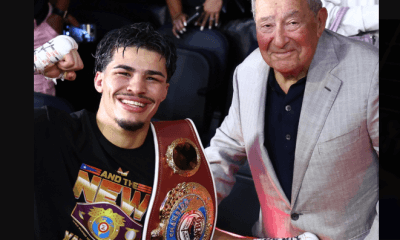
 Featured Articles3 weeks ago
Featured Articles3 weeks agoThe Hauser Report: Zayas-Garcia, Pacquiao, Usyk, and the NYSAC
-
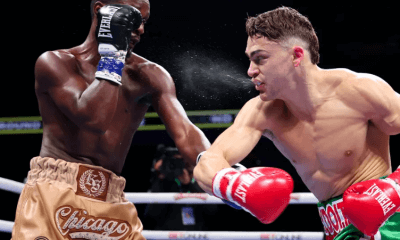
 Featured Articles2 weeks ago
Featured Articles2 weeks agoOscar Duarte and Regis Prograis Prevail on an Action-Packed Fight Card in Chicago
-
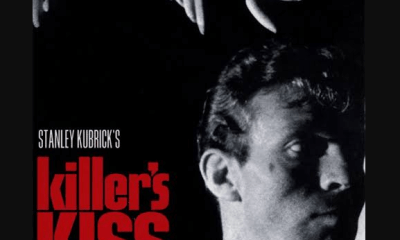
 Featured Articles2 weeks ago
Featured Articles2 weeks agoThe Hauser Report: Cinematic and Literary Notes
-
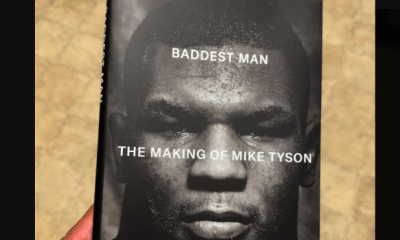
 Book Review1 week ago
Book Review1 week agoMark Kriegel’s New Book About Mike Tyson is a Must-Read
-
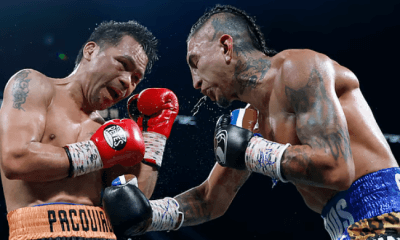
 Featured Articles4 weeks ago
Featured Articles4 weeks agoManny Pacquiao and Mario Barrios Fight to a Draw; Fundora stops Tim Tszyu
-
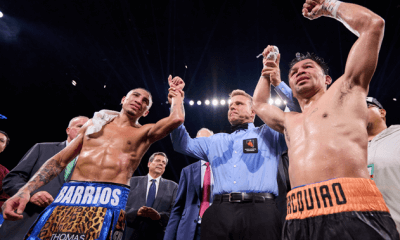
 Featured Articles4 weeks ago
Featured Articles4 weeks agoArne’s Almanac: Pacquiao-Barrios Redux
-

 Featured Articles3 weeks ago
Featured Articles3 weeks agoRemembering Dwight Muhammad Qawi (1953-2025) and his Triumphant Return to Prison
-
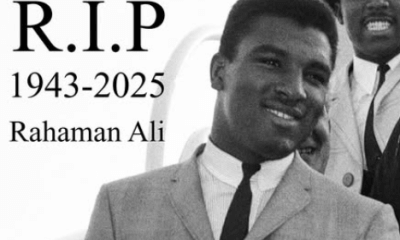
 Featured Articles2 weeks ago
Featured Articles2 weeks agoRahaman Ali (1943-2025)














